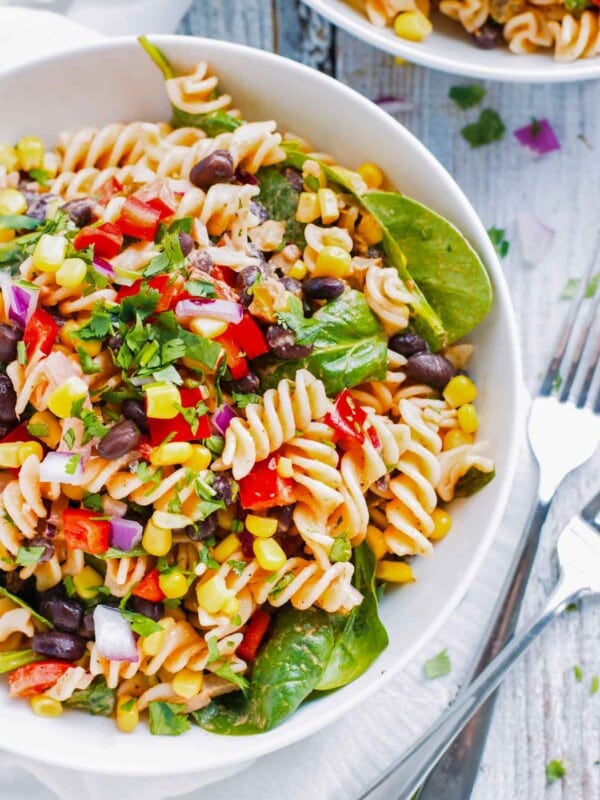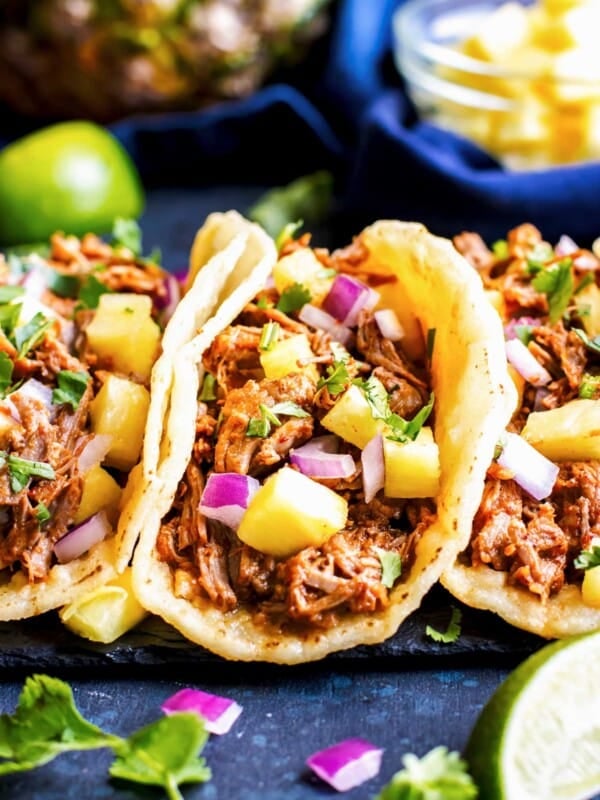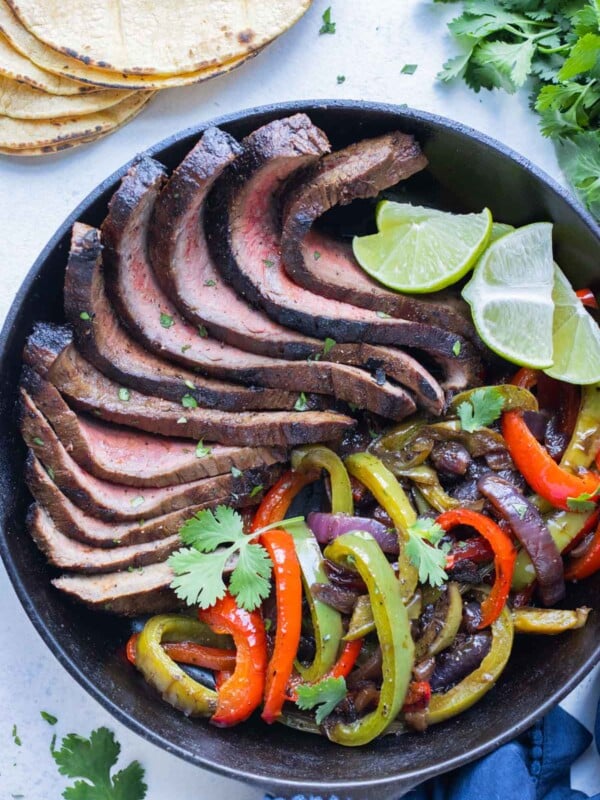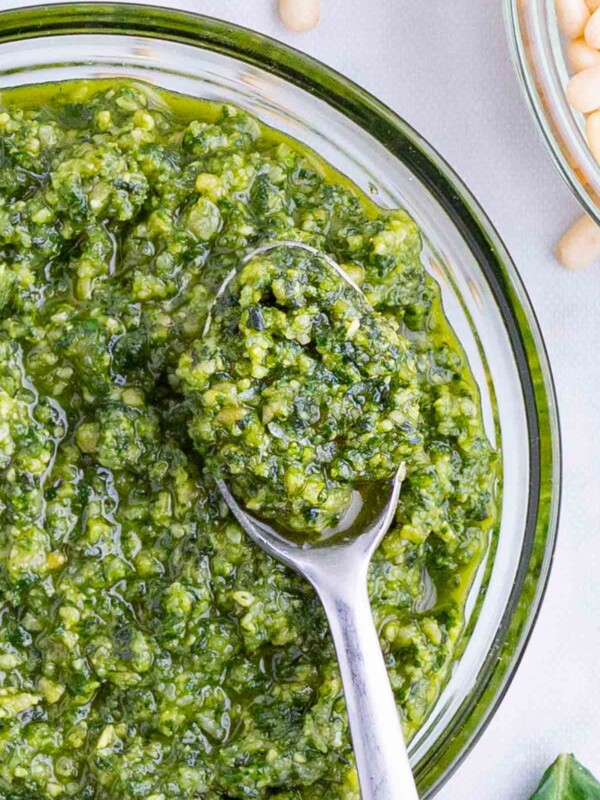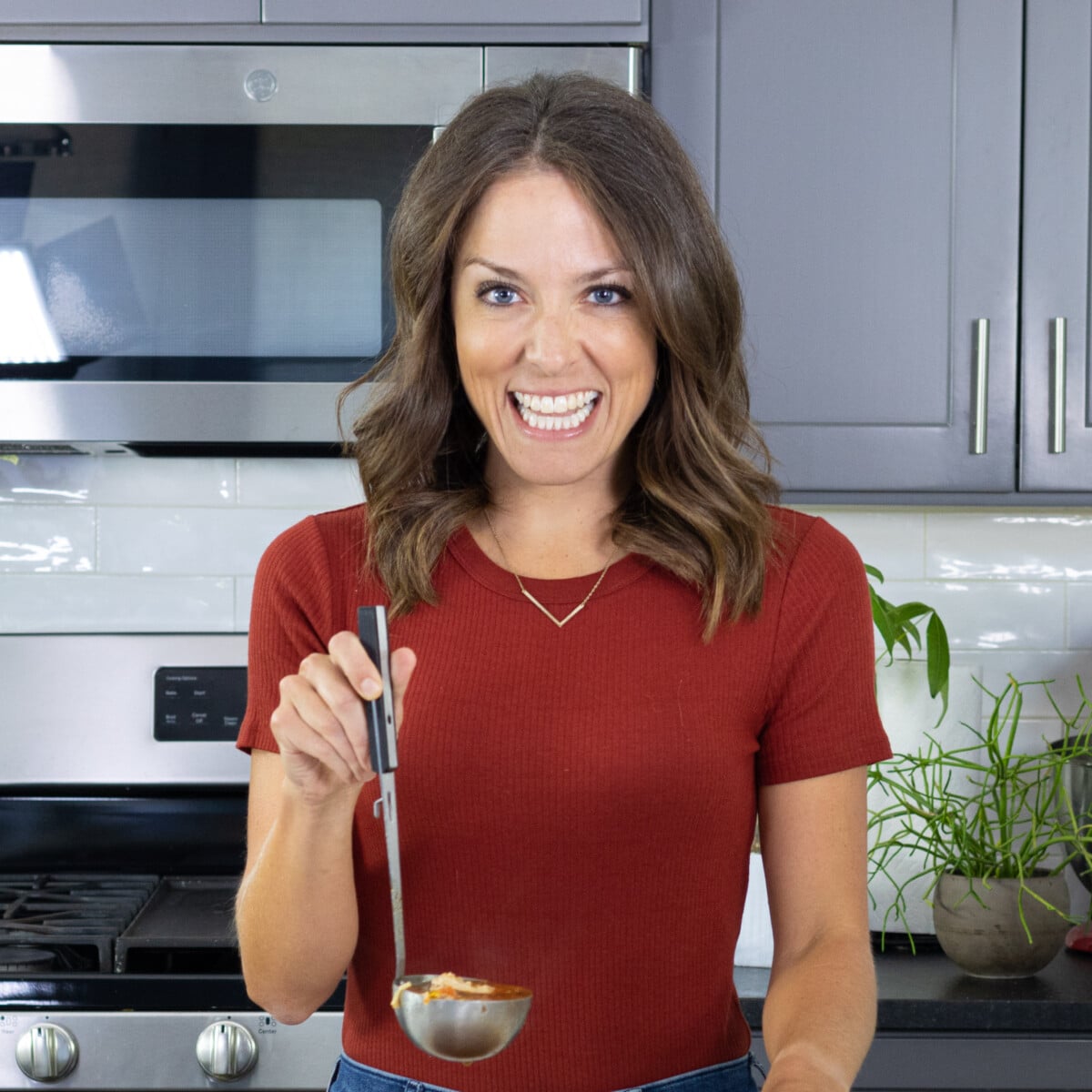It’s easy to learn How to Cook Basmati Rice perfectly every time. All you need to know is the right cooking method, combined with the best ratio of water to rice. A few easy steps, like rinsing the rice before cooking, ensures the ideal texture: a combination of fluffy grains and a chewy bite.
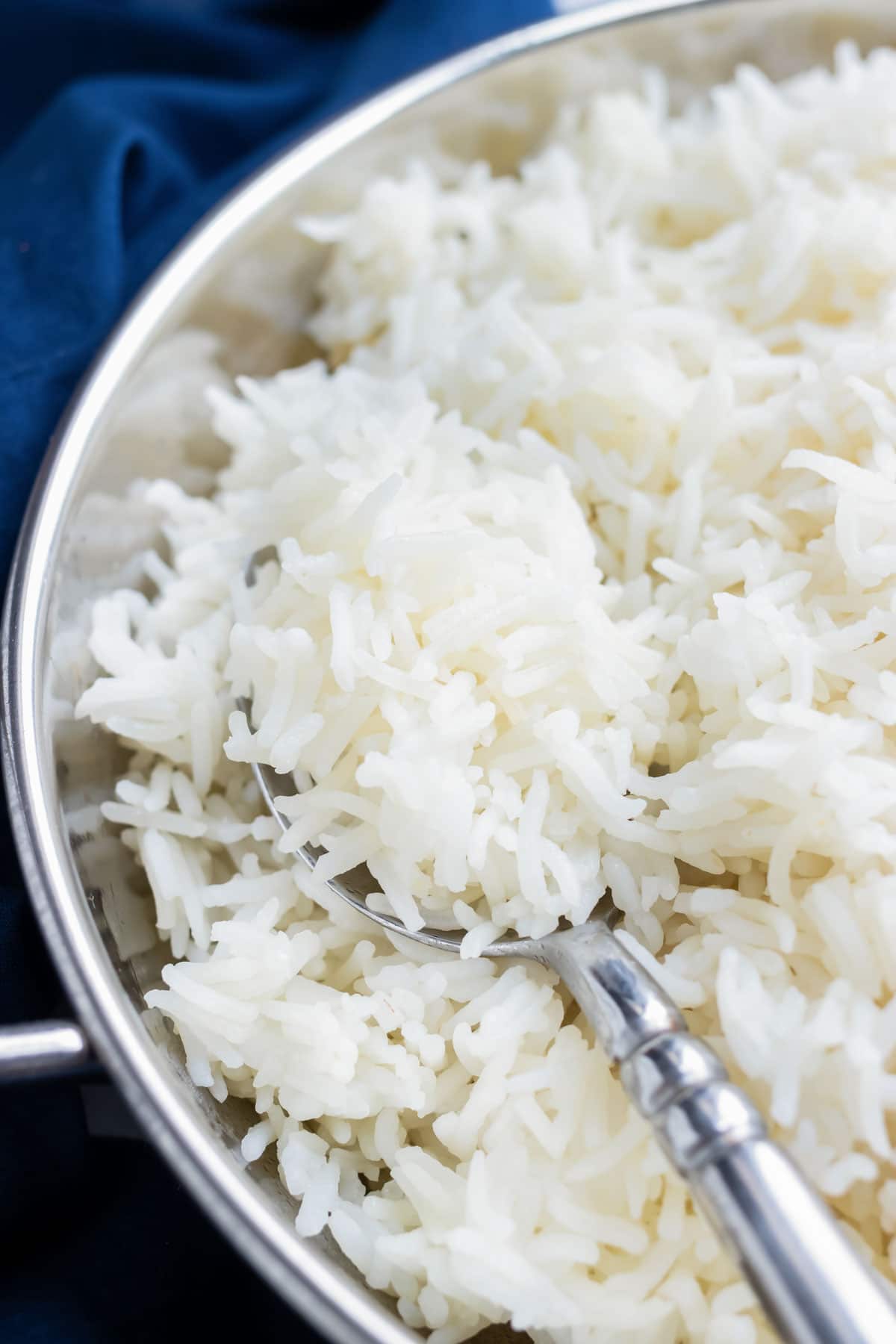
Perfect Basmati Rice Recipe
Getting grains just perfect can be challenging. We’ve all messed up a pot (or two or three…)
Well, worry no more—you’re on the path to perfect basmati rice! It all starts with the right ratio of liquid to water and a few simple tricks.
Many will say a ratio of 2:1 is correct for most types of rice, whether it be white, basmati, or jasmine. But, this often yields clumps of rice instead of fluffy grains.
Instead, you’ll want to use slightly less liquid to achieve the perfect texture—zero gumminess or mushy grains!
One essential step you can’t miss… you must rinse the grains before cooking so there’s not excess starch. This, and your ratio of water, will make-or-break the success of your rice.
(Need a quicker method? Check out this Instant Pot Basmati Rice.)
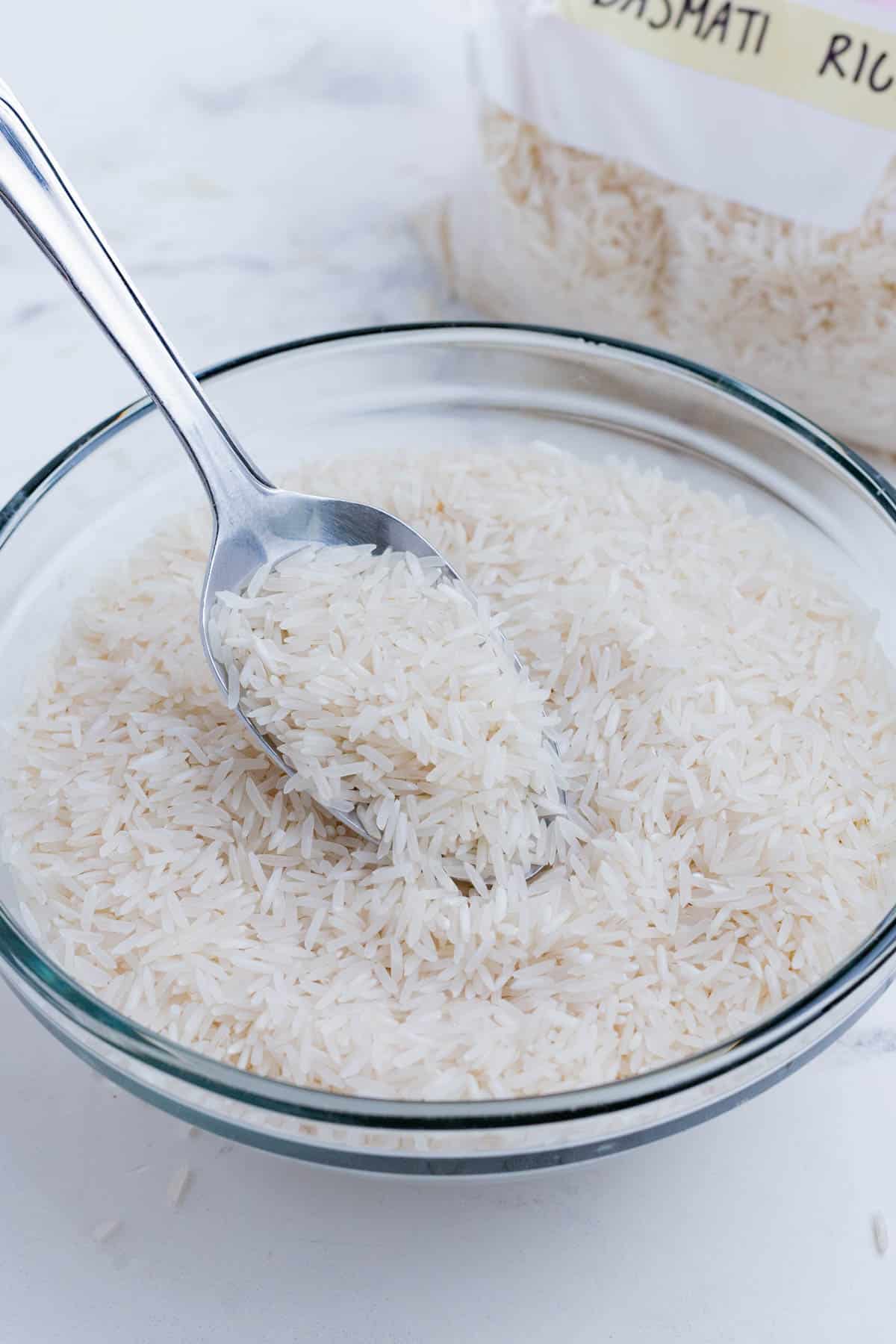
What is Basmati Rice?
Of the three types of rice (long-grain, medium-grain, and short-grain,) basmati rice is a long-grain variety usually grown in Southeastern Asian countries. Most of the world’s basmati rice is grown in India and other Middle East countries.
Many people who enjoy this rice describe it as a little floral, or even having a nutty aroma. It makes a delicious and versatile side dish. It is often served with Indian food.
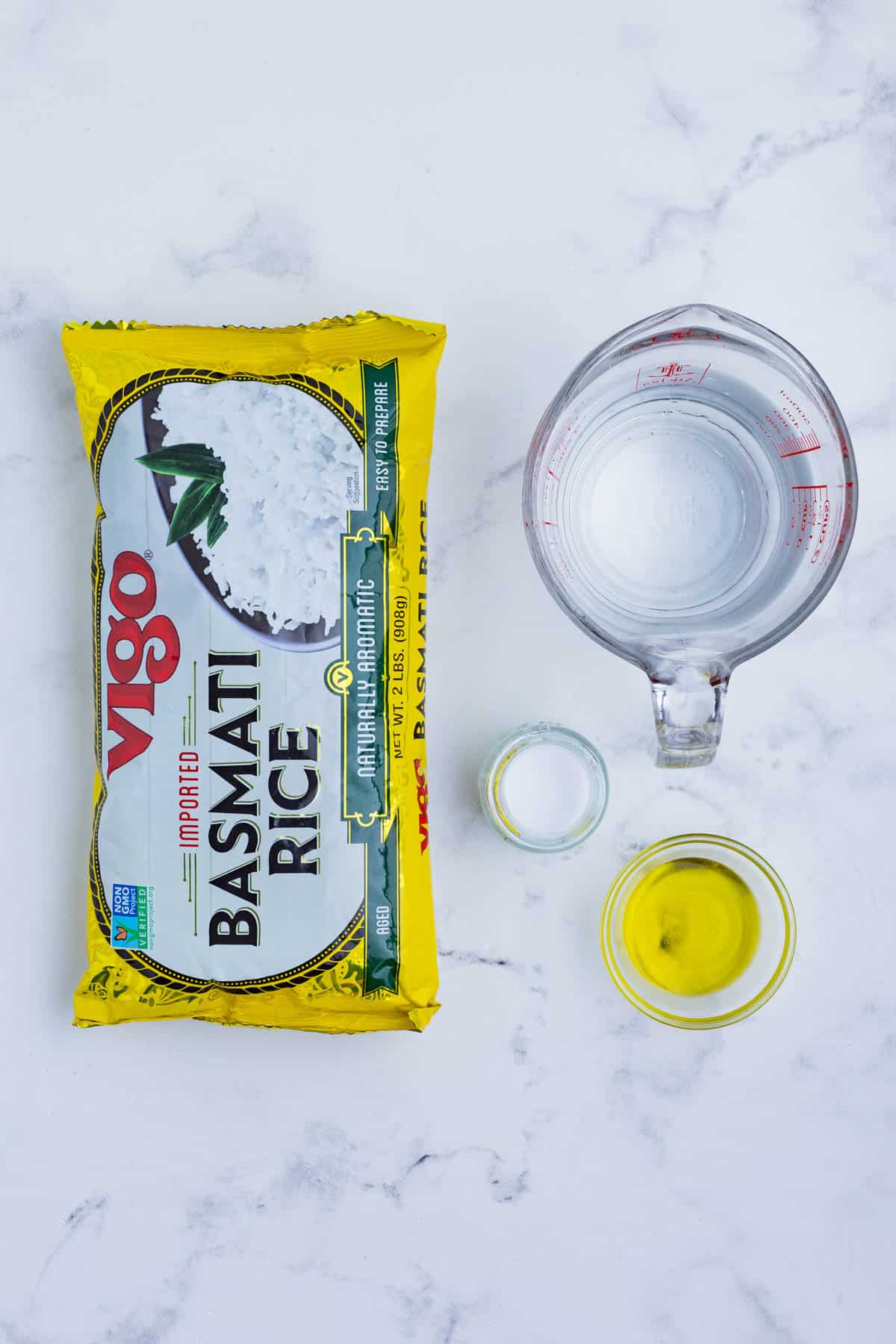
Ingredients
The simple ingredients you need to make this fluffy basmati rice recipe include:
- Basmati rice. The star of the show! This long-grain rice is more flavorful than white rice. Look for high quality basmati rice for the best results.
- Optional ingredients. You can add butter or olive oil for a little extra flavor.
How to Cook Basmati Rice on the Stove
Below are the simple steps to make this no-fail basmati rice recipe:
Rinse the Rice
The first step to cooking basmati rice, just like ALL kinds of rice, is to rinse it first. This removes the excess starch so the cooked rice isn’t clumpy.
Place the long-grain basmati rice in a fine-mesh strainer and hold it under cold water for 1 to 2 minutes. The water should run clear.
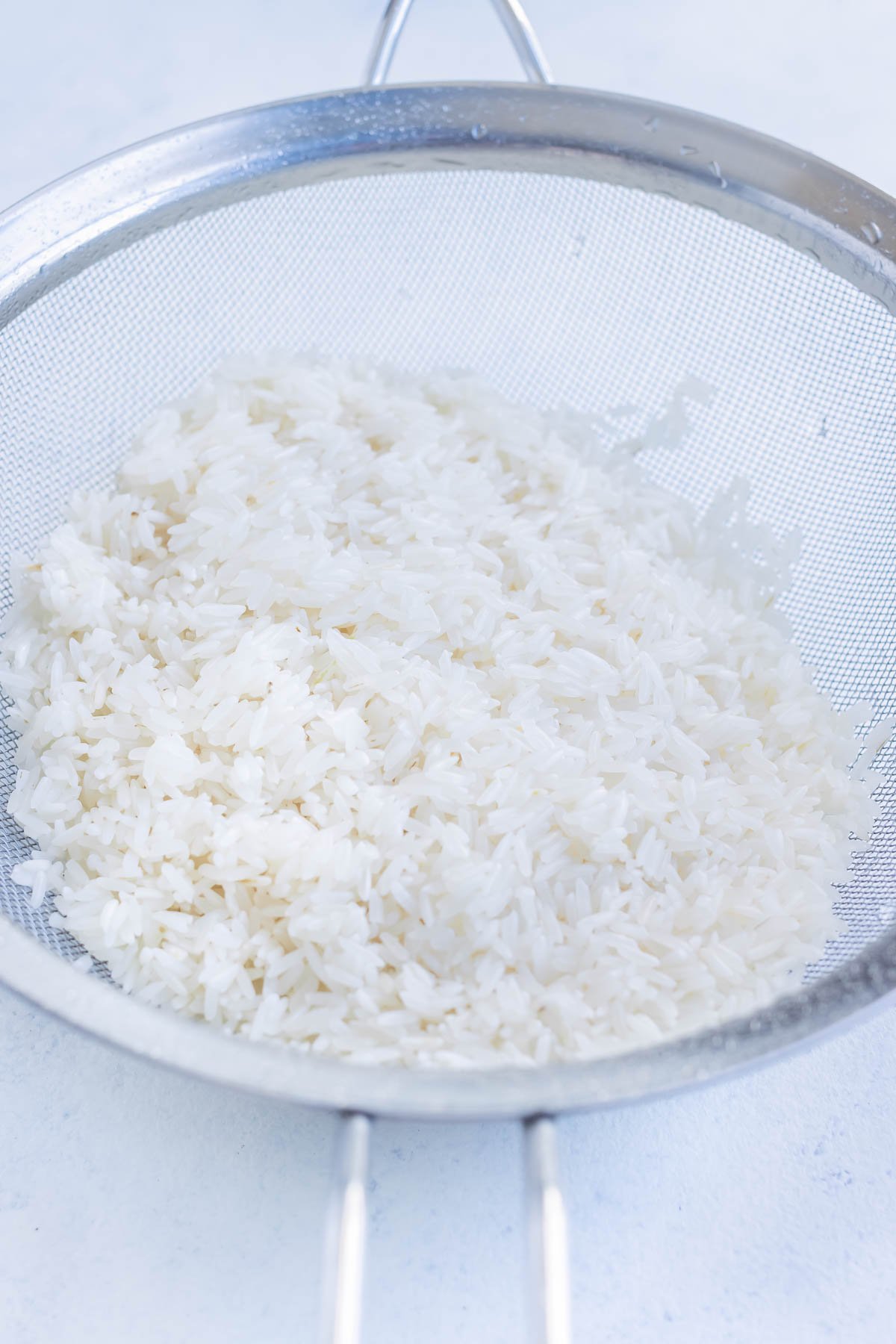
Basmati Rice to Water Ratio
The ratio of rice to water is key! Too much water and the rice will be clumpy, not enough water and your grains won’t be tender. The amount of water for cooking rice will also differ based on the method, either stovetop or pressure cooker.
The stovetop version requires 1 ⅔-cups of water for every cup of rice.
To make perfect Instant Pot Basmati rice, you need 1 to 1¼-cups water for every cup of rice.
Add to Pot
If you’re going with the stovetop method, put all of the ingredients in a medium-sized saucepan or pot. Bring everything to a rapid boil over high heat.
You should see foam forming at the top and active bubbles.
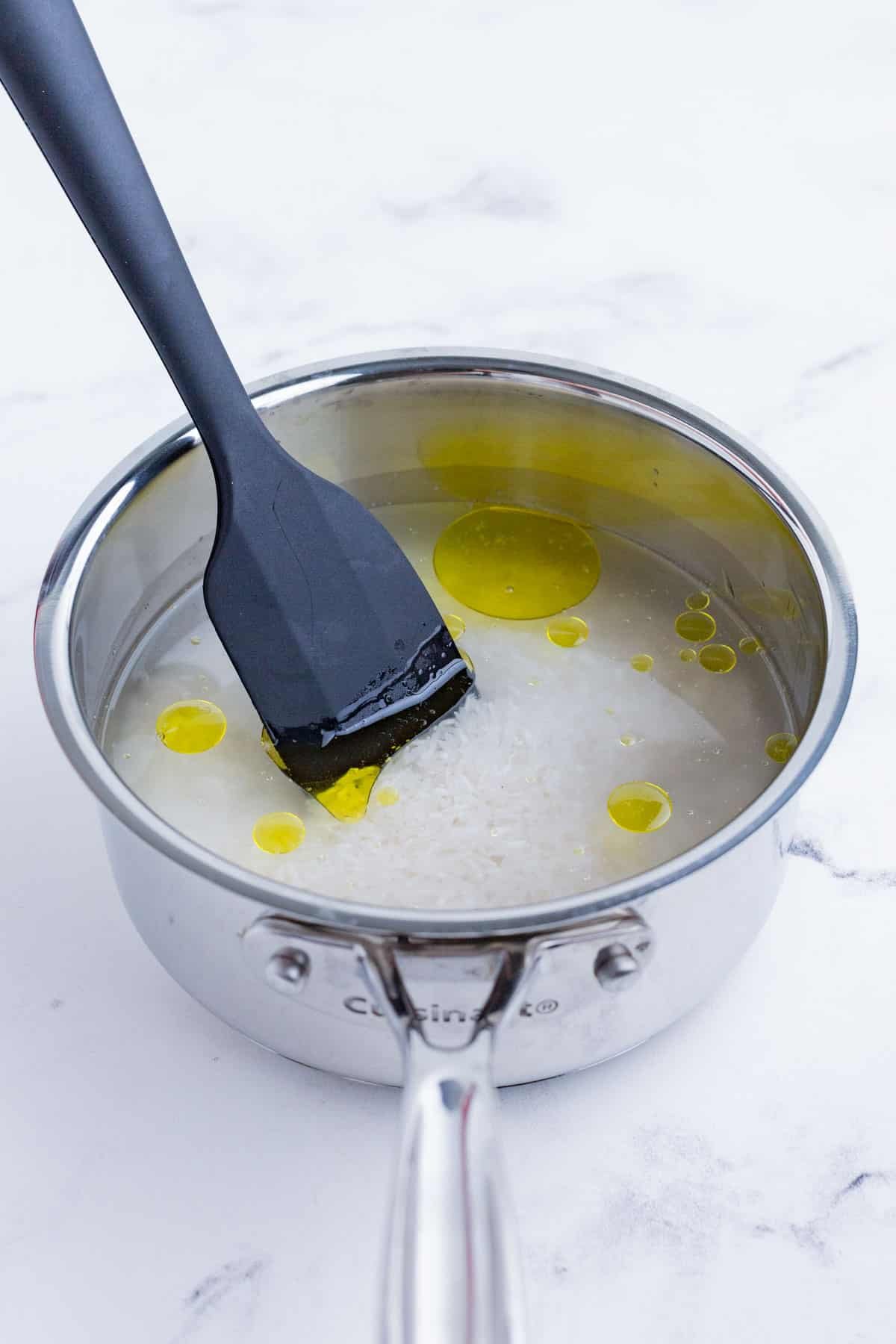
How Long to Cook Basmati Rice?
Once the mixture comes to a full boil, reduce the heat to medium-low and cover the pot with a tight-fitting lid. Let it all cook for 12 minutes.
Remove the pot from the heat and let it sit for 5 to 10 minutes BEFORE taking off the lid.
Before serving, fluff up the rice with a fork.
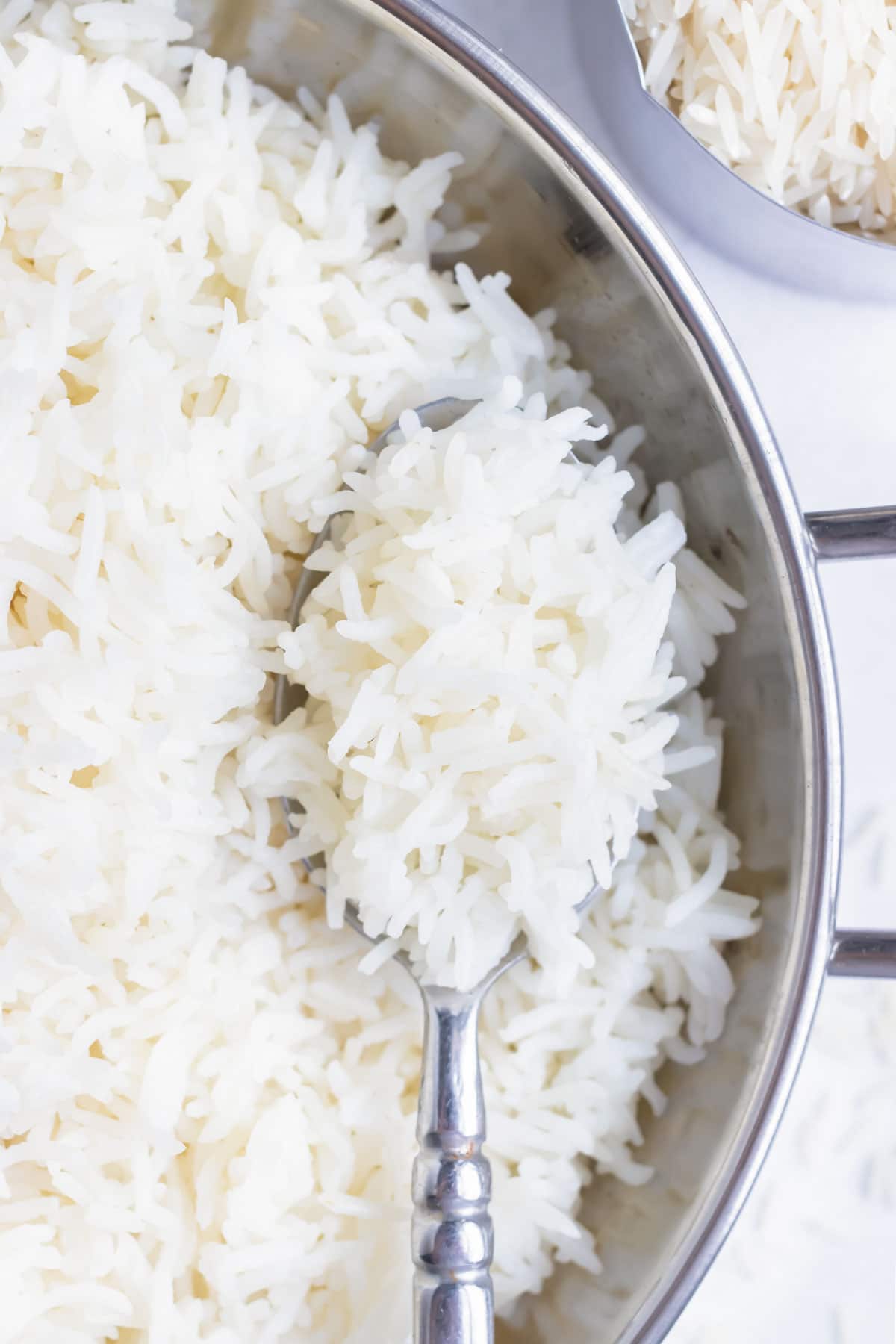
Meal Prep and Storage
- How to store: Cooked basmati rice will keep well in an airtight container in the fridge for up to 4-5 days.
- How to freeze: You can freeze rice in a freezer-safe bag or storage container for up to 4-6 months. Portioning out individual servings ahead of time will help with thawing and single-serving use.
- How to reheat: Leftover rice is best reheated in the microwave, with a few tablespoons of water sprinkled throughout to help rehydrate it. Warm it 30 seconds at a time, stirring between, until soft and heated through.
Is basmati rice healthy?
Yes, basmati rice is a healthy grain you can feel good about enjoying. It has more fiber than other rice varieties and a lower glycemic index.
Jasmine rice vs. basmati rice?
Many people wonder about the difference between jasmine rice and basmati rice. While both are long-grain varieties, jasmine rice is a little sweeter and comes in different colors.
Is basmati rice gluten-free?
Yes! Basmati rice, just like any other type of rice, is gluten-free. Just read the label to be sure it isn’t cross-contaminated with gluten-containing ingredients.
Expert Tips and Tricks
- Trial and error. You might have to play around a little with the water-to-rice ratio, especially in the Instant Pot.
- Rinse first. Be sure the water runs clear before you add the rice to the pot to avoid clumpy or mushy rice.
- Add some flavor. Adding some seasonings or herbs gives this rice dish a whole new taste.
- Be patient. Let the rice sit for 10 minutes before removing the lid.
- Fluff first. Use a fork to fluff up the rice when it’s done cooking.
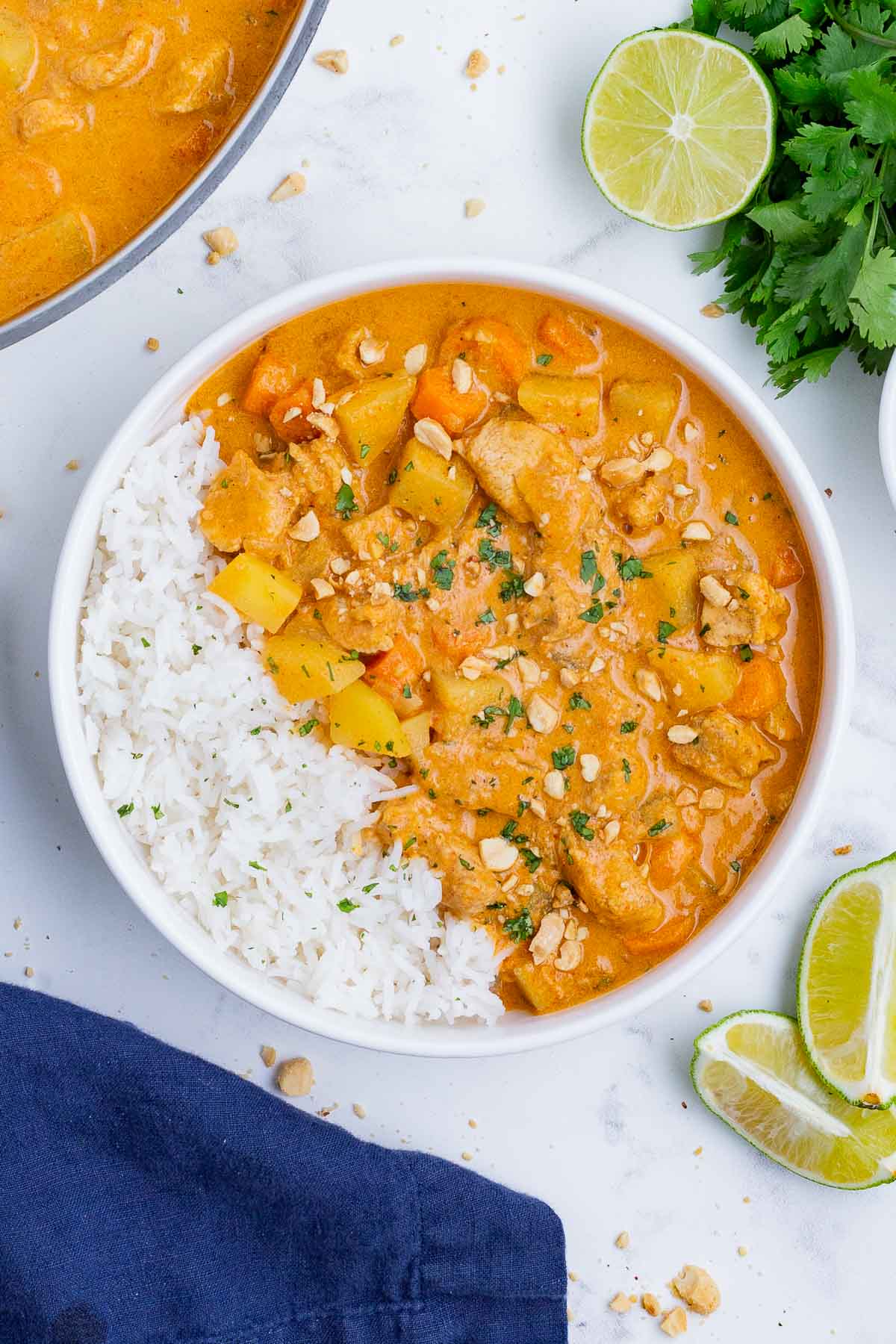
What to Serve with Basmati Rice
A good fluffy rice dish is the perfect side to a variety of recipes. Try any of these authentic recipes alongside it.
Whip up a good curry, like Pumpkin Curry, Thai Green Chicken Curry, Salmon Curry with Coconut Milk, Chicken Korma Curry, Massaman Chicken Curry, Slow Cooker Chicken Tikka Masala, or Instant Pot Yellow Chicken Curry.
Or, go with Chinese food like Instant Pot Hawaiian Pineapple Chicken, Instant Pot Orange Chicken, or General Tso’s Chicken.
More Easy Rice Recipes
Rice just might be the perfect side dish. Plus, there are so many different types to try.
Learn How to Cook White Rice, How to Cook Jasmine Rice, and How to Cook Wild Rice.
Or, try some Coconut Rice, Mango Coconut Rice, or Cilantro Lime Rice.
Tap stars to rate!
How to Cook Basmati Rice
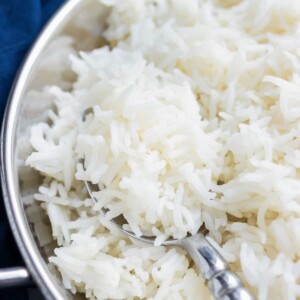
Email this recipe!
Ingredients
- 1 cup basmati rice
- 1 ⅔ cup water
- ½ tsp. salt to taste
- 1 Tbsp. butter or oil, optional
Instructions
- Rinse Rice: Add the rice to a fine-mesh strainer and rinse under cool running water for 1-2 minutes, or until it runs clear.1 cup basmati rice
- Add to Pot: Add all ingredients to a medium-sized saucepan or pot over high heat. Bring everything to a rapid boil- you want to see it foaming on the top and actively bubbling.1 ⅔ cup water, ½ tsp. salt, 1 Tbsp. butter
- Cover, Cook, and Rest: Once boiling, reduce the heat to medium-low, cover the pot with a lid, and cook for 12 minutes. Remove the rice from the heat and let sit for 5-10 minutes before taking off the lid. Fluff the rice using a fork and serve!
Tap stars to rate!
Notes
Meal Prep and Storage
- How to store: Cooked basmati rice will keep well in an airtight container in the fridge for up to 4-5 days.
- How to freeze: You can freeze rice in a freezer-safe bag or storage container for up to 4-6 months. Portioning out individual servings ahead of time will help with thawing and single-serving use.
- How to reheat: Leftover rice is best reheated in the microwave, with a few tablespoons of water sprinkled throughout to help rehydrate it. Warm it 30 seconds at a time, stirring between, until soft and heated through.
Nutrition
Nutrition information is automatically calculated, so should only be used as an approximation.
